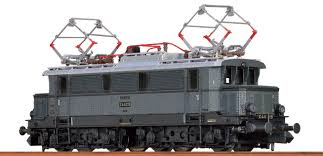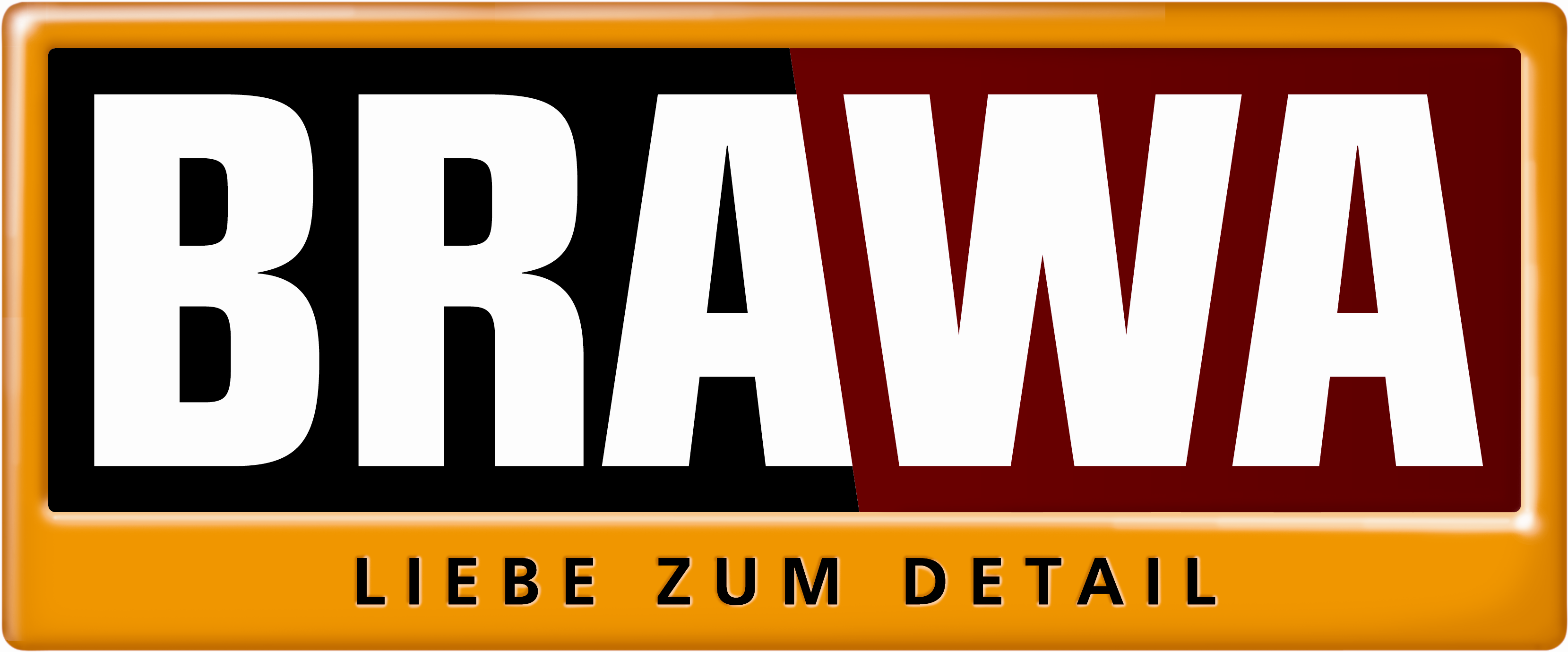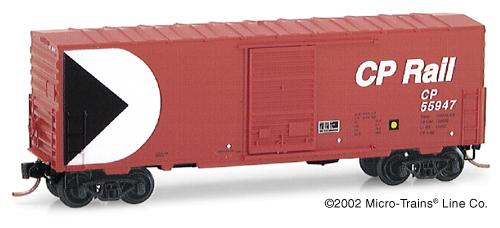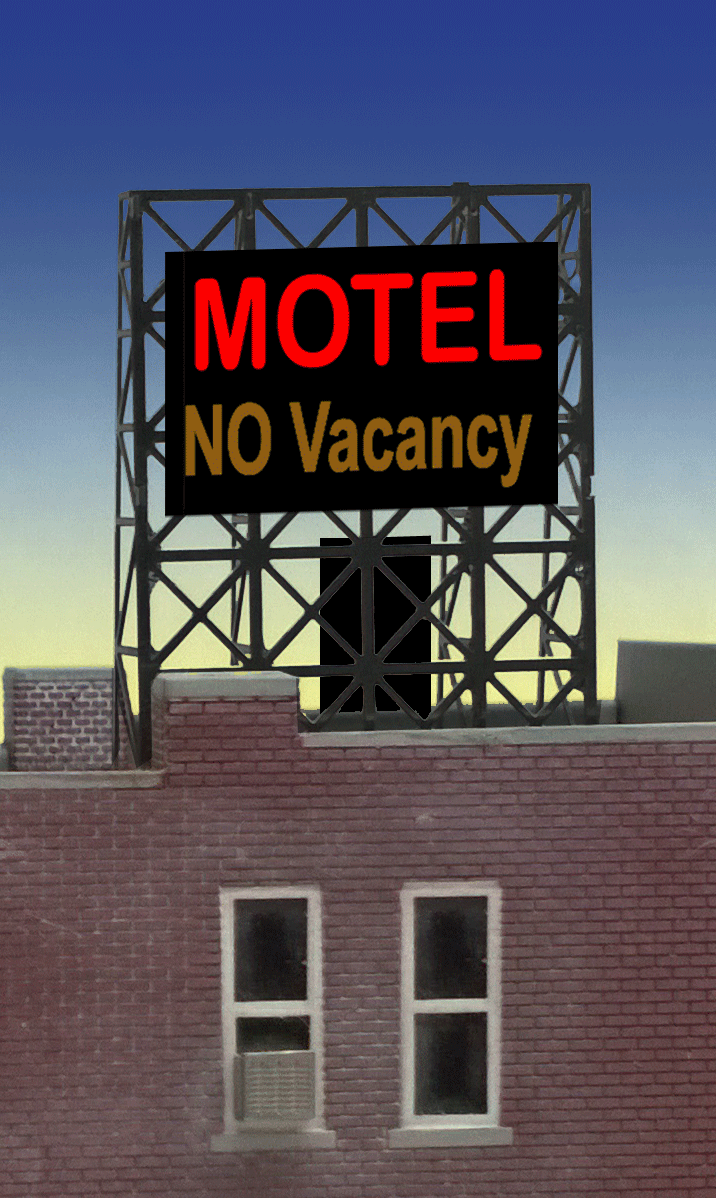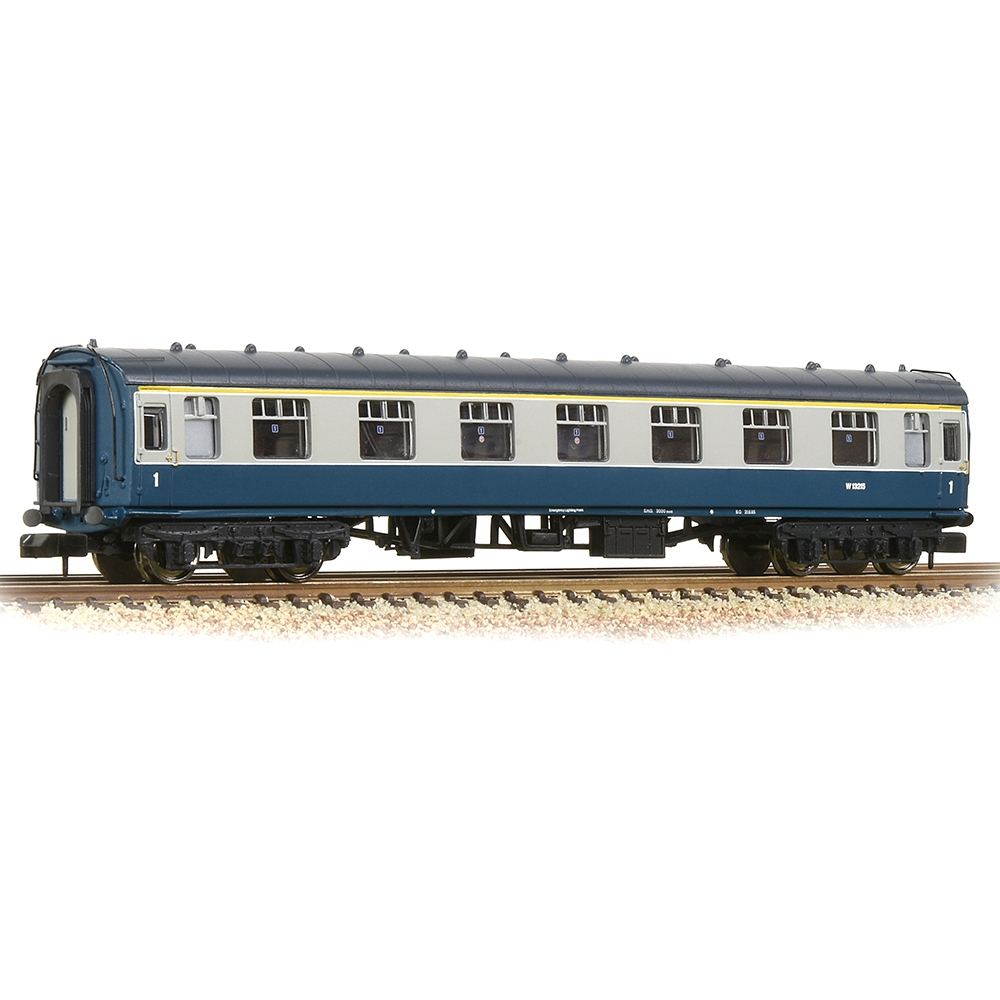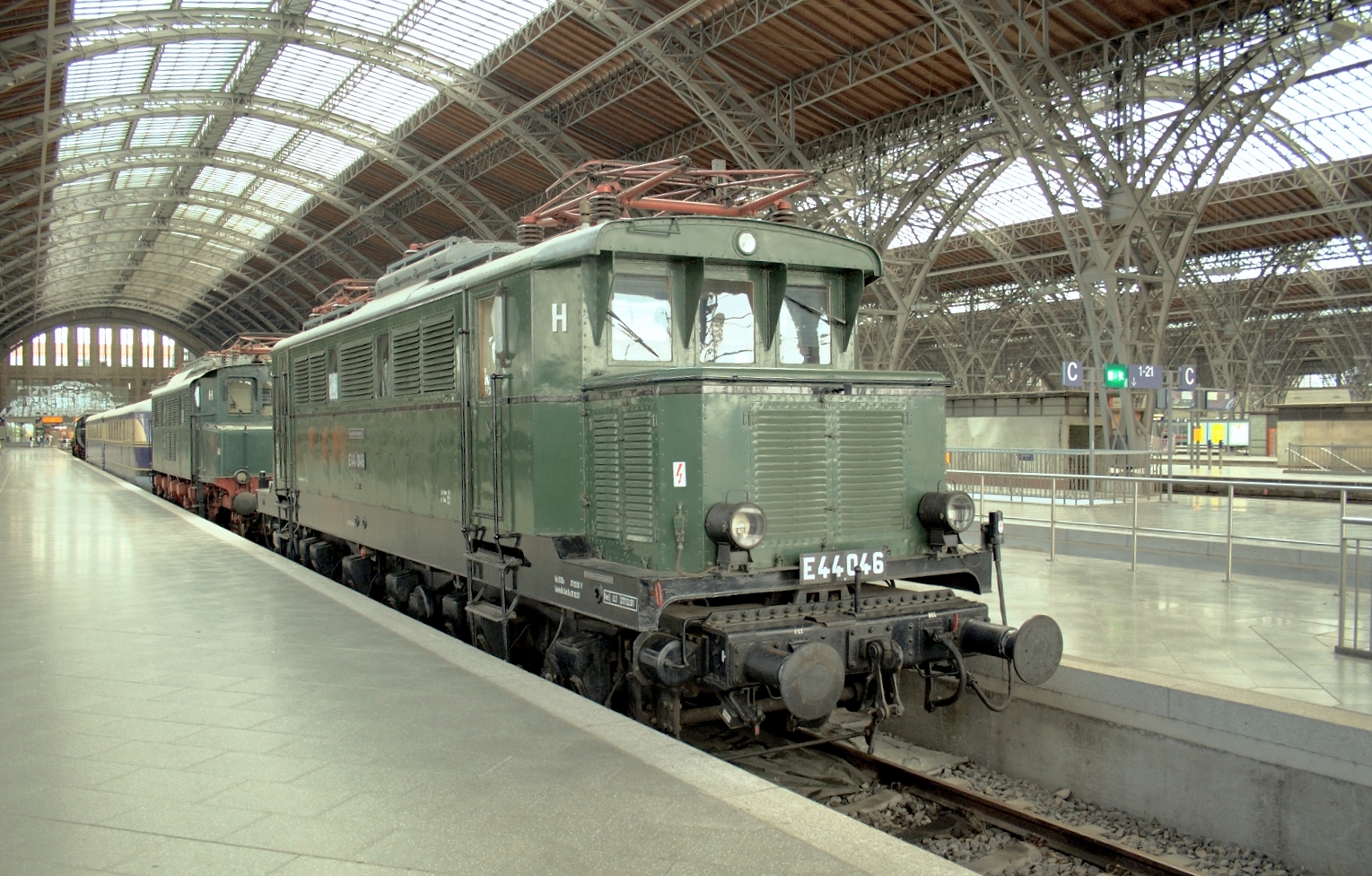Specific Item Information: Intricately detailed version with three pantographs. With additional apron between the bogies. Triple headlight and two red LED rear end lights.
Electric multi purpose locomotive series 1116. Austrian Federal Railways (OBB). Version in current OBB livery to present the new OBB flagship "Railjet". Name of the locomotive "Spirit of Salzburg". Current operating condition. International and national service: Pulls the Railjet trains (Budapest-Vienna-Munich respectively Vienna-Zurich).
Electric multi purpose locomotive series 1116. Austrian Federal Railways (OBB). Version in current OBB livery to present the new OBB flagship "Railjet". Name of the locomotive "Spirit of Salzburg". Current operating condition. International and national service: Pulls the Railjet trains (Budapest-Vienna-Munich respectively Vienna-Zurich).
Prototype History: In Germany in the 1930s there was no money for new development of locomotives. Many senior folks in the rail industry were concerned they were rapidly falling behind the competition from other countries. Therefore, a group of companies developed three of their own prototype designs for electric locomotives, which were presented to the DRG. These companies were Wismar/SSW, BMAG/BEW and BMAG/MSW.
The new designs used a new technique of placing the traction motors in a so called "tram-hanging" design inside the bogies. This technique was already in use in Bavaria with some Bavarian electric locomotives like the E 73. Also, in Austria this technique had been in use since 1923 with much success. The base concept of all three prototype locomotives was the same, but between the prototypes there were many differences. The most successful design went into mass production as the E44 and went into service in 1934.
In the fifties and begin sixties the locomotives were in service in the long-distance trains, mainly in Southern Germany. The locomotives were renumbered to class BR 144 from 1968. In Western Germany the locomotives were taken out of service in 1984.
The new designs used a new technique of placing the traction motors in a so called "tram-hanging" design inside the bogies. This technique was already in use in Bavaria with some Bavarian electric locomotives like the E 73. Also, in Austria this technique had been in use since 1923 with much success. The base concept of all three prototype locomotives was the same, but between the prototypes there were many differences. The most successful design went into mass production as the E44 and went into service in 1934.
In the fifties and begin sixties the locomotives were in service in the long-distance trains, mainly in Southern Germany. The locomotives were renumbered to class BR 144 from 1968. In Western Germany the locomotives were taken out of service in 1984.
Road Name History: 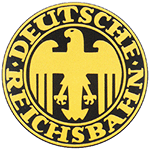 The Deutsche Reichsbahn, also known as the German Reich Railway or the German Imperial Railway, was the name of the German national railway created from the railways of the individual states of the German Empire following the end of World War I.
The Deutsche Reichsbahn, also known as the German Reich Railway or the German Imperial Railway, was the name of the German national railway created from the railways of the individual states of the German Empire following the end of World War I.
The company was founded in 1920 as the Deutsche Reichseisenbahnen when the Weimar Republic, formally known as Deutsches Reich (German Reich, hence the usage of the Reich in the name of the railway), took national control of the German railways, which had previously been run by the German states. In 1924 it was reorganised under the aegis of the Deutsche Reichsbahn-Gesellschaft (DRG), a nominally private railway company, which was 100% owned by the German state. In 1937 the railway was reorganised again as a state authority and given the name Deutsche Reichsbahn (DRB). After the Anschluss in 1938 the DR also took over the Bundesbahn Osterreich (BBO, Federal Railway of Austria).
The East and West German states were founded in 1949. East Germany took over the control of the DR on its territory and continued to use the traditional name Deutsche Reichsbahn, while the railway in West Germany became the Deutsche Bundesbahn (DB, German Federal Railway). The Austrian Osterreichische Bundesbahnen (OBB, Austrian Federal Railways) was founded in 1945, and was given its present name in 1947.
In January 1994, following the German union, the East German Deutsche Reichsbahn merged with the West German Deutsche Bundesbahn to form Germany's new national carrier, Deutsche Bahn AG, technically no longer a government agency but still a 100% state-owned joint stock company.

The company was founded in 1920 as the Deutsche Reichseisenbahnen when the Weimar Republic, formally known as Deutsches Reich (German Reich, hence the usage of the Reich in the name of the railway), took national control of the German railways, which had previously been run by the German states. In 1924 it was reorganised under the aegis of the Deutsche Reichsbahn-Gesellschaft (DRG), a nominally private railway company, which was 100% owned by the German state. In 1937 the railway was reorganised again as a state authority and given the name Deutsche Reichsbahn (DRB). After the Anschluss in 1938 the DR also took over the Bundesbahn Osterreich (BBO, Federal Railway of Austria).
The East and West German states were founded in 1949. East Germany took over the control of the DR on its territory and continued to use the traditional name Deutsche Reichsbahn, while the railway in West Germany became the Deutsche Bundesbahn (DB, German Federal Railway). The Austrian Osterreichische Bundesbahnen (OBB, Austrian Federal Railways) was founded in 1945, and was given its present name in 1947.
In January 1994, following the German union, the East German Deutsche Reichsbahn merged with the West German Deutsche Bundesbahn to form Germany's new national carrier, Deutsche Bahn AG, technically no longer a government agency but still a 100% state-owned joint stock company.
Brand/Importer Information: Brawa Artur Braun Modellspielwarenfabrik GmbH & Co. was founded in 1948 by Artur Braun in Waiblingen, Germany, to distribute model trains from other toy makers; eventually they began to manufacture their own lighting accessories such as streetlights and signals. In 1963 they acquired the complete line of motorized trolleybus and ski lift models from Eheim. They also began to expand their own line to include scenery items, and by 1993 they'd added locomotives and rolling stock to their product range. This medium-sized business is today jointly managed by the second and third generations of the Braun family: Günter Braun, son of the founder, and his daughter Katrin Braun are the company's managing partners.
Brawa range covers HO, O and N scales. The N scale range is focused on European rolling-stock, German locomotives and accessories like signals, streetlights, clocks and telephone booths.
Here is how the company describes itself:
At BRAWA, continuity and sustainable thinking and action - as the particular strengths of a family business - have a double impact. Changes are carefully considered and strategic decisions taken on the basis of a long-term vision, thus enabling the company to respond quickly and deliberately to the demands of the market. In addition, cross-generation collaboration ensures a vibrant coexistence of tradition and innovation.
In short, our future course is set and all signals are pointing towards continuity and growth. Our presence at our site in Remshalden shows our commitment to this area and highlights the sustainable nature of our company's location in the region. Sustainability is, as it were, an intrinsic value of our family business.
Brawa range covers HO, O and N scales. The N scale range is focused on European rolling-stock, German locomotives and accessories like signals, streetlights, clocks and telephone booths.
Here is how the company describes itself:
At BRAWA, continuity and sustainable thinking and action - as the particular strengths of a family business - have a double impact. Changes are carefully considered and strategic decisions taken on the basis of a long-term vision, thus enabling the company to respond quickly and deliberately to the demands of the market. In addition, cross-generation collaboration ensures a vibrant coexistence of tradition and innovation.
In short, our future course is set and all signals are pointing towards continuity and growth. Our presence at our site in Remshalden shows our commitment to this area and highlights the sustainable nature of our company's location in the region. Sustainability is, as it were, an intrinsic value of our family business.
Item created by: gdm on 2018-10-11 11:29:43. Last edited by CNW400 on 2023-08-22 11:58:35
If you see errors or missing data in this entry, please feel free to log in and edit it. Anyone with a Gmail account can log in instantly.
If you see errors or missing data in this entry, please feel free to log in and edit it. Anyone with a Gmail account can log in instantly.


